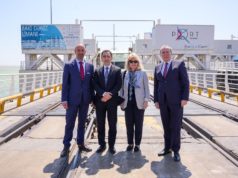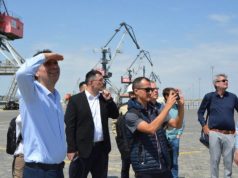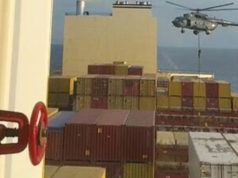Deepening of the Volga River bottom, as well as the activation of the ports, can give an impetus to the development of the International North–South Transport Corridor (INSTC).
“North-South Transport Corridor is a multimodal route for the transportation of passengers and goods with a total length of 7,200 km from St. Petersburg to the port of Mumbai (India).It will link, in particular, Russia, Azerbaijan, Iran and India. The corridor provides for three main routes: the Trans-Caspian International Transport Route (TITR), East and West Transport Corridors,” Consul General of Iran in Astrakhan Ali Mohammadi said during his interview with TASS.
One of the troublesome river sites, in diplomat’s opinion, is in the Astrakhan region on the Volga. The consul stressed that in June, five ships loaded with timber could not leave for Iran within a week because of the inadequate depth of the Volga (for 200 meters the depth was less than 3.5 meters).
Mohammadi went on to say that negotiations continue on swap supplies for oil, in which it is planned to use Russian ports in the Caspian Sea.
“I have information that over the past year, negotiations were held on the investment of Russian firms in Iran, on the development of joint cooperation and about swap supplies of oil,” he added.
The INSTC is a is a 7,200-km-long multi-mode network of ship, rail and road route, established on September 12, 2000 in St. Petersburg, for moving freight between India, Russia, Iran, Europe and Central Asia. The route primarily involves moving freight from India, Iran, Azerbaijan and Russia.
The corridor is planned to transport 6 million tons of cargo per year at the initial stage and more than 10 million tons of cargo in the future.
© Content from this site must be hyperlinked when used






